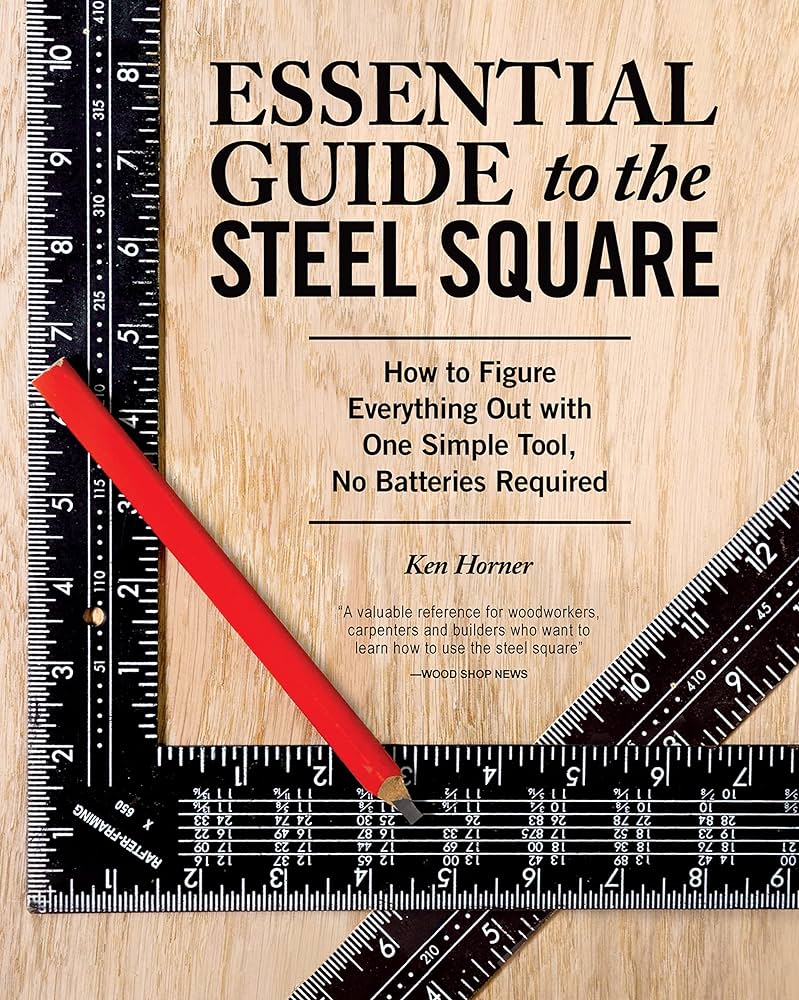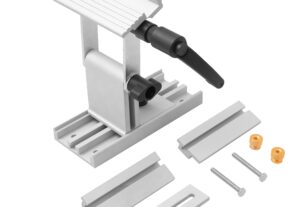Are you a craftsperson looking for the perfect tool to enhance your creations? Look no further than the laying tool! This versatile tool is a must-have for anyone interested in embroidery, needlepoint, or tapestry. Whether you’re a seasoned pro or just starting out, this guide will provide you with everything you need to know about the laying tool.
What is a Laying Tool?
A laying tool is a small, pointed object used in needlework to help smooth out threads and keep them flat against the fabric. It can be made from a variety of materials, including wood, metal, or plastic. Most commonly, it is shaped like a thin rod with one pointed end and one flattened end.
How to Use a Laying Tool
Using a laying tool is easy and straightforward. First, thread your needle and begin stitching as usual. When you come to an area where multiple threads are crossing over each other, use the laying tool to gently push them down so they lie flat against the fabric. This will give your work a neater appearance and prevent any loose threads from getting caught on nearby stitches.
Benefits of Using a Laying Tool
There are many benefits to using a laying tool in your needlework projects. Here are just a few:
1. Improved Stitch Quality – By keeping your threads flat and even, you can achieve more precise and consistent stitches.
2. Reduced Tension – When threads are laid flat against the fabric, there’s less tension on them, which can help prevent puckering or warping.
3. Easier Thread Control – A laying tool allows you to control your threads more easily, making it simpler to create intricate designs and patterns.
Types of Laying Tools
There are several different types of laying tools available on the market today. Here are some of the most common:
1. Blunt-Tip Laying Tool – This type of laying tool has a flat, rounded end that is ideal for gently pushing down threads without damaging the fabric.
2. Pointed-Tip Laying Tool – A pointed-tip laying tool has a sharp end that can be used to create small holes in the fabric, making it easier to insert and control your thread.
3. Bent-Tip Laying Tool – This type of laying tool has a bent end that allows you to reach difficult areas more easily.
4. Adjustable Laying Tool – An adjustable laying tool allows you to change the angle of the tip, giving you greater control over your stitches and thread placement.
Choosing the Right Laying Tool
When choosing a laying tool, there are several factors to consider. Here are some things to keep in mind:
1. Material – Consider what material you prefer for your laying tool. Some people prefer wood or plastic, while others prefer metal.
2. Tip Shape – Think about what shape of tip will work best for your projects. If you’re working with delicate fabrics or intricate designs, a blunt-tip laying tool may be best. If you need more precision, a pointed-tip or bent-tip tool may be better suited.
3. Price – Laying tools come at different price points, so consider how much you’re willing to spend before making a purchase.
Conclusion
In conclusion, a laying tool is an essential tool for any craftsperson interested in embroidery, needlepoint, or tapestry. By keeping your threads flat and even, you can achieve higher-quality stitches and patterns. When choosing a laying tool, consider factors such as material, tip shape, and price point to find the one that works best for you and your projects.
References:
https://en.wikipedia.org/wiki/Laying_tool
https://www.theartofstitch.com/collections/laying-tools
https://www.jjneedles.com/laying-tool/




